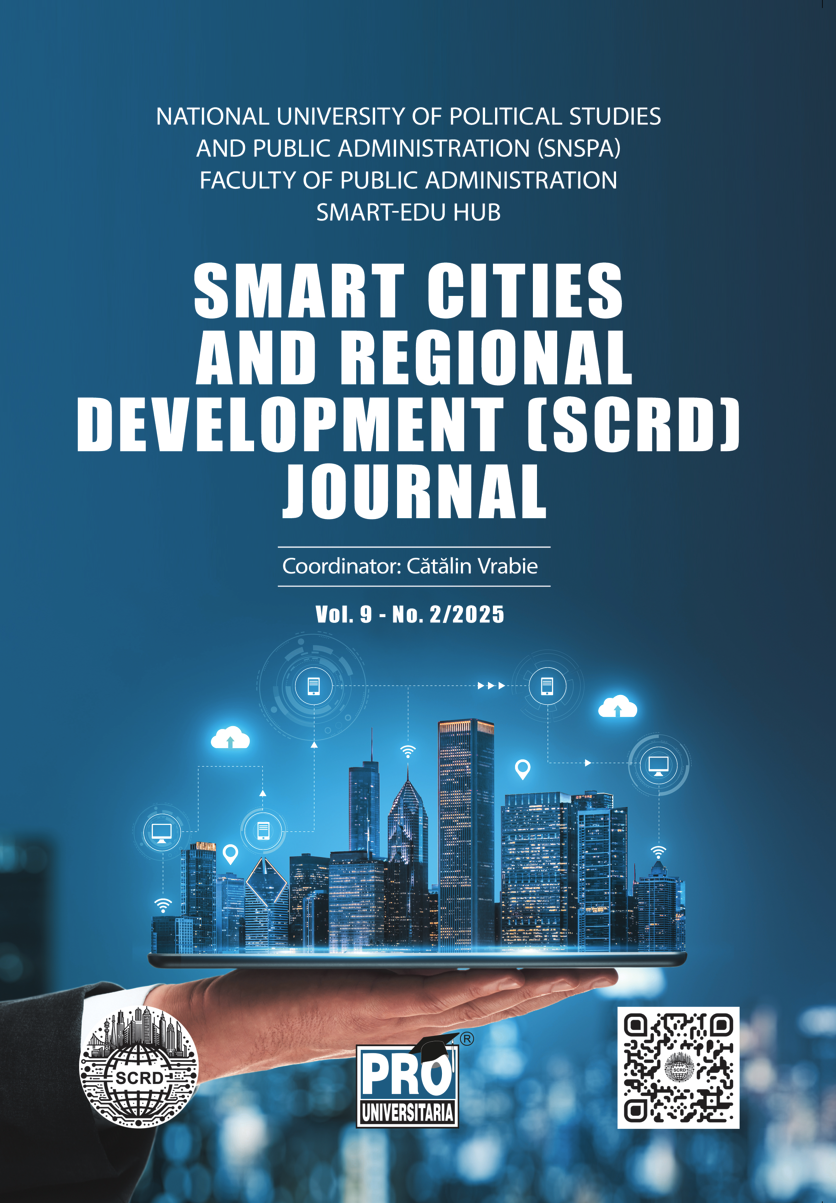A technological and legal investigation into how smart states deploy collective intelligence for security and surveillance purposes
DOI:
https://doi.org/10.25019/5n39gz26Keywords:
privacy, security, AI, surveillance, article 23, Smart StateAbstract
The paper examines challenging cases for the balancing act between privacy and protection of individual rights on one side and protection of public and national security on the other. In doing so, the article refers to the main privacy protection legislation – the GDPR and specifically article 23, the AI ACT and its relevant exceptions, the LED, and newly proposed pieces of legislation aiming at giving more manoeuvre capabilities to law enforcement and intelligence agencies when it comes to conducting activities for the purpose of protecting the public and national security. The article debates the relation between data protection and public and national security in democratic states and shows how the evolving threat landscape influences both the practice and the legislative process around personal data protection and deployment of emerging technologies and use of collective intelligence for security purposes. The way this relationship is shaped in each (smart) state is influenced by political, technological factors as well as the specific threat landscape. The deployment of AI for surveillance of the public space, the way it is both regulated and contested are discussed, with practical cases such as the use of smart surveillance during the 2024 Paris Olimpic games being analized. When looking at surveillance technologies deployed in the public space, the article also articulates a new physical and digital intertwined dimension of the public space, making the argument that both within and outside the visible boundaries of constructed geography, there is digitally field space, either vertically or horizontally, that can represent a resilience enabler factor but can also become a threat if exclusively depended upon or if not secured against malicious interference.
Downloads
Published
Issue
Section
License
Copyright (c) 2025 Diana M. POPA

This work is licensed under a Creative Commons Attribution-NonCommercial-NoDerivatives 4.0 International License.


